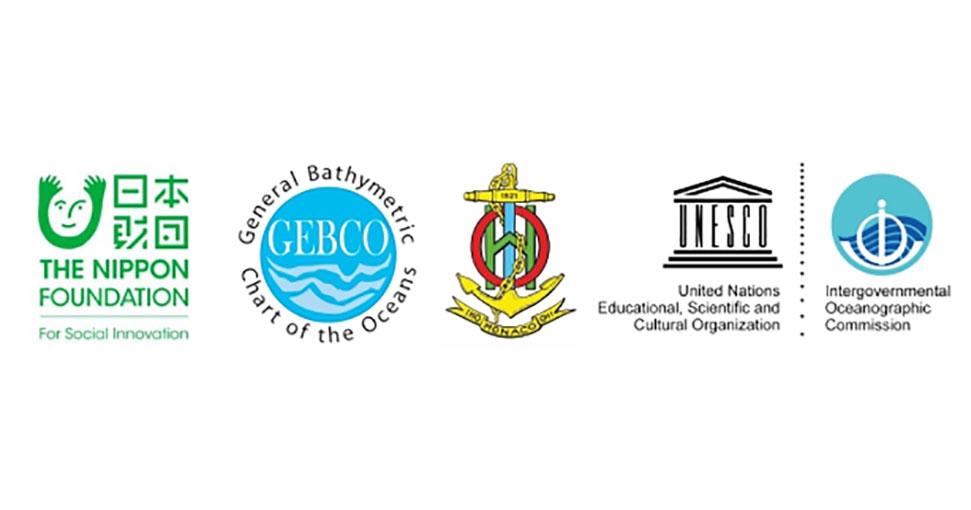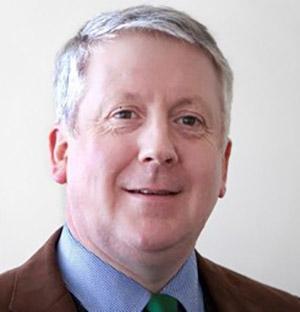Nippon Foundation-GEBCO Seabed 2030 Project Welcomes New Director

The new Director of The Nippon Foundation-GEBCO Seabed 2030 Project, Jamie McMichael-Phillips, has now taken up his position as leading one of the most challenging projects of the next decade, the mapping of the entire ocean floor by the year 2030.
The announcement of his appointment was made at a conference held at the Royal Society in London, in October. Entitled ‘From Vision to Action’, the meeting, which brought together some of the world’s leading scientists and maritime organizations, was convened to mark the progress made in the two years since Seabed 2030 was launched, and to look ahead to the remaining challenges in ‘mapping the gaps’ in understanding the seafloor.
 The new Director of The Nippon Foundation-GEBCO Seabed 2030 Project, Jamie McMichael-Phillips
The new Director of The Nippon Foundation-GEBCO Seabed 2030 Project, Jamie McMichael-Phillips
Seabed 2030 is an international initiative, supported by over 100 maritime organizations. The project has four Regional Centers, based in strategically-located areas of the world, which feed data into a Global Center hosted at the British Oceanographic Data Centre in Southampton, UK. Since the publication of the 2014 GEBCO map, Seabed 2030 has seen a doubling of the bathymetric data available to produce the definitive map of the world’s oceans. The total contributions to the map are equivalent to the landmass of the entire African continent. GEBCO is the only organization with a mandate to map the entire ocean floor.
“In the last four weeks, data sharing agreements have been signed with PGS, the Norwegian-based marine geophysical company, and the Schmidt Ocean Institute, which will share all its mapping data with us,” says McMichael-Phillips. “Schmidt alone will add more than one million square kilometers of ocean floor to Seabed 2030’s data resources.”
McMichael-Phillips has been described as “a leader and hydrographer who successfully made the transition from the rank of Captain in Britain’s Royal Navy to Head of Partnering and Engagement for the UK Hydrographic Office.”
As a chartered surveyor, hydrographer and mariner, he has had extensive experience in strategy and policy formulation, together with international engagement, negotiation, leadership and mentoring – gained during his Royal Navy career and in civilian life.
He has managed government to government relationships for the exchange of geospatial data for navigational safety, and for the benefit of the wider Blue Economy. He has led on outreach and capacity building of fledgling organizations in marine data collection, assessment and cartography.
Prior to his Seabed 2030 appointment, McMichael-Phillips chaired – for over nine years – the International Hydrographic Organization’s Worldwide Electronic Navigational Charts (ENC) Database working group, responsible for monitoring the global footprint of electronic charts needed for safe navigation by commercial shipping.
On his appointment, he commented “the shape of the ocean is fundamental to how we predict climate change, tsunami modelling, ocean currents circulation, weather patterns and how we sustainably manage the oceans.
“Seabed 2030 actively compliments the goals of the United Nations Sustainable Development 14 and the United Nations Decade of Ocean Science for Sustainable Development. At last the world seems to be recognizing the importance of this task. As we move forward, the need for global collaboration is an imperative if we are to achieve this shared goal for humanity by 2030.”

